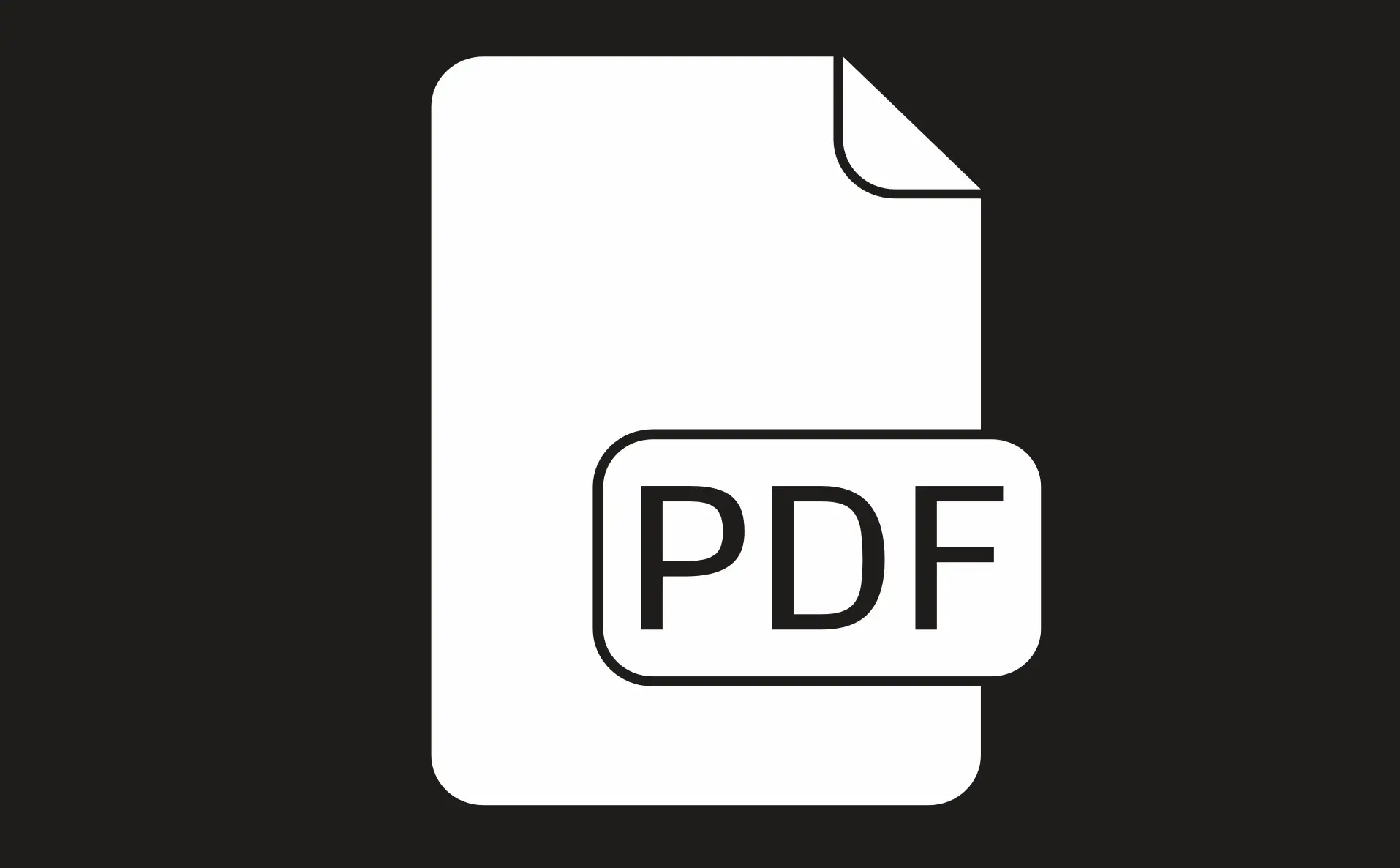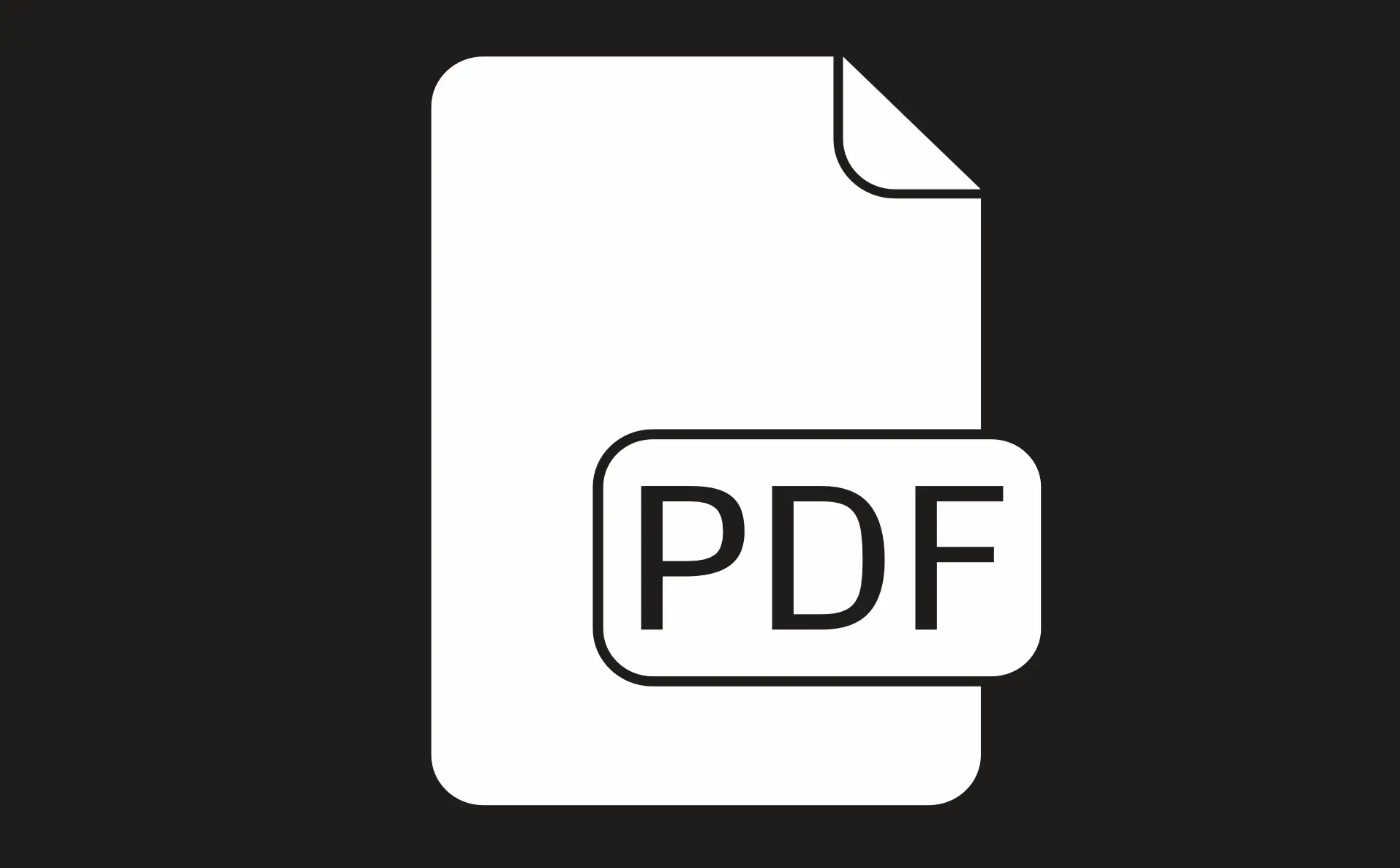-
Members: FreePES
IEEE Members: $45.00
Non-members: $70.00Pages/Slides: 98
22 Aug 1995
CHAPTER 1 - INTRODUCTION TO COMMUNICATION PROTOCOLS F. M. Cleveland, Member IEEE Utility Consulting International Cupertino, California 1.1 UTILITY PRESSURES In recent years, the legislative pressures of deregulation, the economic pressures that are forcing downsizing, and the market-place pressures of potential take-overs have forced utilities to re-think their operational and organizational practices. Utilities are realizing that, in order to keep their logo on their hardhats, they must shift their focus. Customer Service has suddenly become one of the major strategic goals. But utilities, long used to think only about generating and transmitting electrical power, are struggling to understand how to serve customers better. What does improved customer service mean? How can they compete with other utilities for customers? What is most important to customers? Lower rates? More flexible rates? Fewer power outages? Shorter power outages? Forewarning of possible outages? More accurate estimates of lengths of outages? Faster response to customer complaints? Better power quality? More flexible billing procedures? Access to their current use of power? How are utilities to meet these Customer Service requirements? Virtually every customer need requires the utility to spend more money. But to survive, a utility must balance costs against benefits. No magical solution has appeared, so each utility is working to establish its own criteria, its own balance of costs and benefits, and its own organizational philosophy and procedures to meet the challenges. However, in almost all cases, utilities are realizing that Information is the key element - the right amount of information to the right person or computer within the right amount of time. The flow of information requires communications, specifically data communications over extended networks of systems and users. In fact, utilities are becoming among the largest users of data and, it has been said, are the largest users of real-time information. 1.2 HISTORICAL PERSPECTIVE In the past, computer systems were designed with little or no thought given to data links with other computer systems. Subsequent decisions to exchange data between two systems were implemented on an ad hoc basis, and, naturally, each data link was designed differently, depending on who designed it, what kind of data was to be exchanged, what type of computer system was at each end, and even how much spare memory was available to handle this add-on. The most common method of exchanging data was via a point-to-point wire or a direct leased line from one computer system to the other using simple single-link protocols such as IBM's Bisync protocol. This approach was relatively satisfactory because data amounts were relatively low and the structure of pointto-point links reflected the "structure" of the needs of the utility (i.e., one computer wanted data from one other computer, and that was it). However, this approach has become more and more infeasible as utilities need to exchange data between not just two computers, but among hundreds if not thousands of computer systems, smart field devices, and user workstations. Point-to-point links are completely impractical. Just linking two computers requires one wire, but linking say even five computers point-to-point to each other would require four separate links from each computer to the others, for a total of ten links. Adding another computer would entail one more link from each computer for a grand total of fifteen links! And since each computer might have been purchased from a different vendor, each computer might have to use five different protocols in talking to each of the five other computers, thus multiplying the cost and complexity of the software and hardware five fold or more. To add to the problems, each link would be a single point of failure (adding redundancy would double the number of physical links). All in all, the life-cycle communications cost for maintaining these links would be quite high. Exhibit 1-1 is an example of what this old-fashioned system might look like. Download Full Version
Primary Committee:
COMMUNICATIONS COMMITTEE
Sponsor Committees:
COMMUNICATION PROTOCOLS SUBCOMMITTEE

